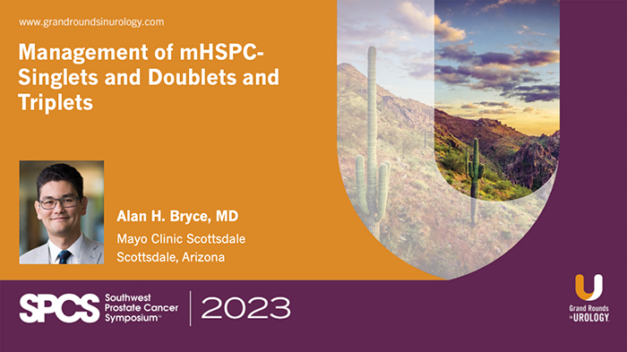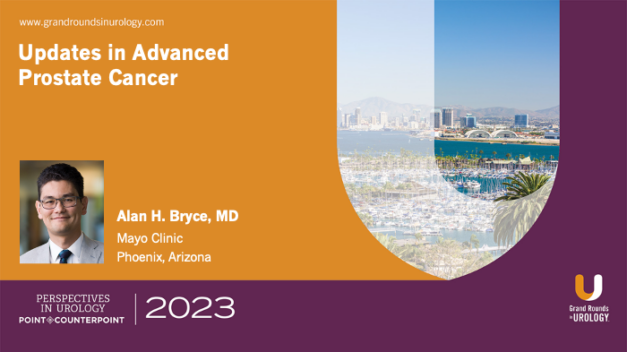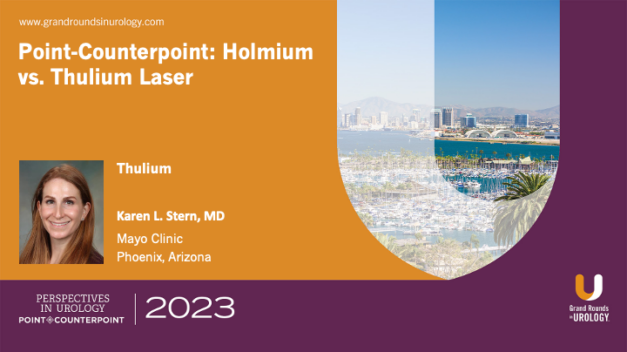Novel Targeted Treatments for Metastatic Disease
Alan H. Bryce, MD, Medical Director of the Genomic Oncology Clinic at Mayo Clinic Arizona in Scottsdale, discusses the limitations of traditional treatments for metastatic prostate cancer, such as androgen deprivation therapy (ADT) and chemotherapy, which, while effective initially, often lead to resistance and progression. He emphasizes the need for innovative approaches that target specific molecular pathways involved in prostate cancer growth and metastasis.
He highlights several promising targeted therapies currently under investigation. One is the use of PARP inhibitors, such as olaparib and rucaparib, which target cancer cells with defective DNA repair mechanisms, particularly those with BRCA1/2 mutations. Dr. Bryce also discusses the role of androgen receptor (AR) pathway inhibitors, including novel agents like enzalutamide and enzalutamide, which provide more potent and selective inhibition of AR signaling than traditional ADT.
Dr. Bryce switches focuses to radiopharmaceuticals, such as lutetium-177 (Lu-177) PSMA-617, which deliver targeted radiation to prostate-specific membrane antigen (PSMA)-expressing cells. Clinical trials indicate that this approach can effectively reduce tumor burden and improve clinical outcomes in patients with advanced prostate cancer. Additionally, he explores the potential of immunotherapies, including immune checkpoint inhibitors and vaccines, in treating metastatic prostate cancer.





